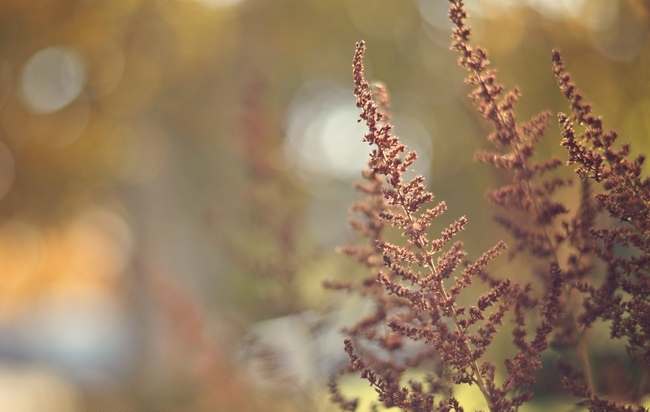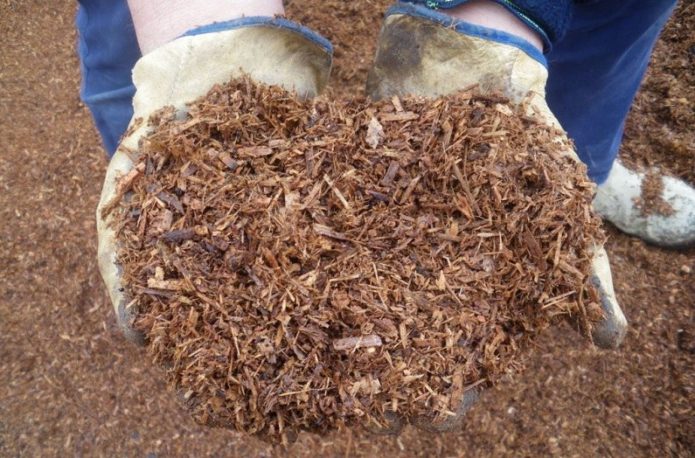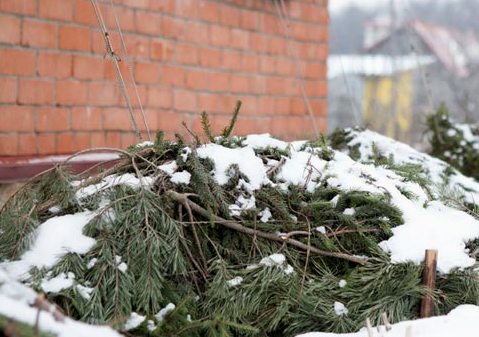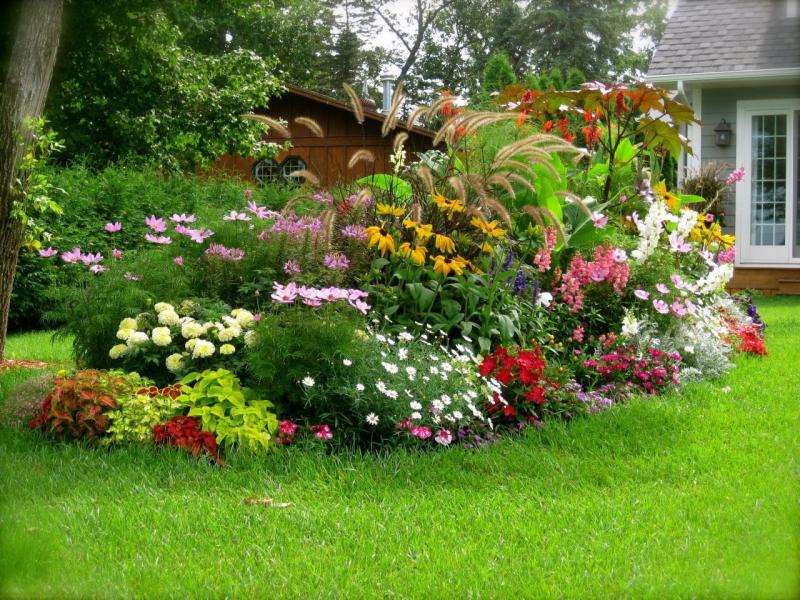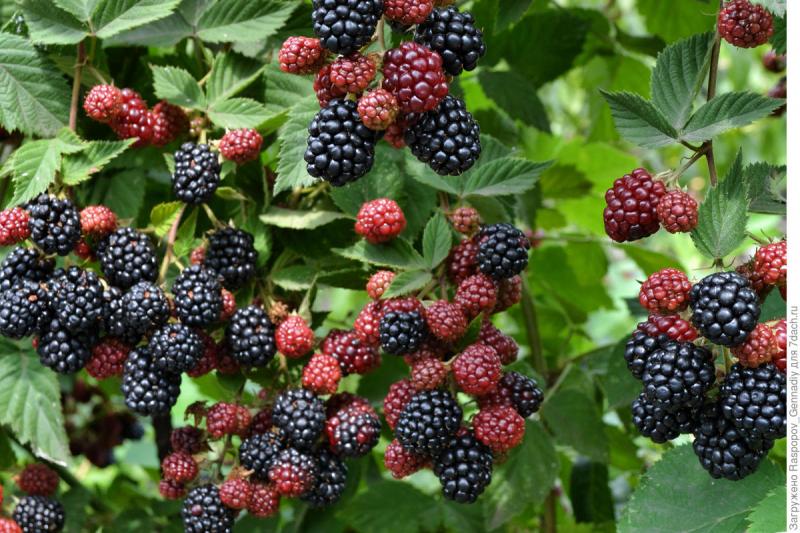Astilba is a herbaceous perennial that adorns any flower garden with its bright velvet inflorescences. In nature, it grows in high mountain areas with a monsoon climate, which makes it very unpretentious. Competent care in the fall and preparation of astilba for winter will help the plant survive the frosts and delight others in the coming season with lush inflorescences of various shades.
What care does a plant need in the fall
The main feature of astilba is that this plant needs very careful care only in the first year after planting. During this period, it is important that the young bush grow stronger and gain strength for the upcoming wintering, therefore, the culture should not be allowed to bloom, wasting energy in vain. As soon as peduncles appear, they must be removed immediately. Thanks to such measures, all the valuable substances obtained by astilba will serve for its active growth, strengthen the root system, and also help form new buds on small roots.
Astilbe needs constant watering and loosening of the soil in order to enrich it with oxygen, which goes to the root system.
To ensure the full development of young shoots, it is important to remove all weeds around the plant. You only need to do this until the shrub grows and gets stronger, after which it independently displaces all unwanted "neighbors".
In the autumn period, astilbe must:
- trim;
- feed;
- mulch;
- prepare for the winter period.
Pruning astilba
The ideal period for pruning is after the first frost. As a rule, taking into account the climatic conditions of different regions, they do this from early October to mid-November.
Pruning should be done correctly:
- For the procedure, you need to take a secateurs and treat it with a weak solution of potassium permanganate. This will prevent diseases and pests from occurring. It is advisable to disinfect the tool after cutting each bush.
- With the help of a pruner, the stems are cut to ground level very carefully so as not to damage the young buds located just above the rhizome.
- After removing all the stems, the soil around the bush is loosened and laid in a slide.
The procedure is repeated annually at the same time.
Video: trimming astilba
Flower feeding
For the autumn feeding of the plant, it is necessary to use potassium-phosphorus fertilizers. It is they who will help the root system to recover and prepare it for the coming frosts. Fertilizers are added under each bush, one tablespoon. In order to speed up the process of their getting to the roots, it is necessary to immediately water the plant well or apply fertilizing in liquid form.
Mulching culture
Despite the fact that astilba is quite hardy, before the onset of winter, its rhizome still needs to be warmed. To do this, after loosening the soil around the bush, it is necessary to cover it with sawdust, peat, tree bark, rotted manure, dry earth with sand or small spruce twigs. The layer of such a coating should be at least 7 cm for young plants and 25 for old ones.
Shelter for the winter
Preparing Astilba for winter has several nuances that are important to consider:
- not all bushes require additional shelter, but only those that are most vulnerable due to their age; the rest can only be cut, weeded, fed and covered with mulch;
- it is important to ensure that the area with the planted astilbe is not flooded, as this is fraught with rotting of the rhizomes;
- pine spruce branches, geotextile fabric, lutrasil or agrofibre are used to insulate bushes over 5 years old and protect rhizomes from glaciation after an unexpected thaw;
- in case of expectation of severe frosts, you can build an additional fence of boards around the bush, inside which dry earth and fallen leaves are poured.
Preparing for winter, taking into account regional characteristics
Despite the fact that astilba is an unpretentious plant and firmly tolerates cold weather, there are some features of its preparation for winter, depending on the growing region:
- Middle zone of Russia (Moscow region) and the Volga region... In snowy and not very cold winters, it is quite enough to spud and cover the shrub with mulch after pruning. It is best to cover with spruce branches, which allow air to pass through well and does not create a greenhouse effect.
- Ural and Siberia... In these places, winters are extremely harsh, and the ground freezes up to one meter deep. Therefore, in addition to the standard shelter, a plywood frame should be erected around each bush, and on top, it is imperative to stretch the covering material.
Although astilbe is unpretentious, it endures frosts and winds, a certain care in the autumn period is simply necessary for it. After all, only the correct preparation of the plant for winter will guarantee its beautiful and lush flowering.
